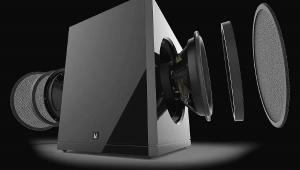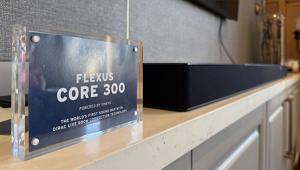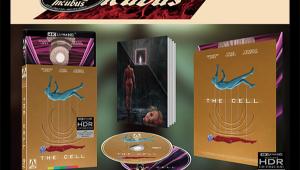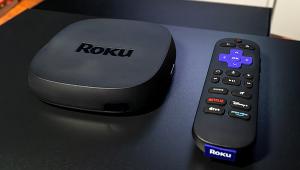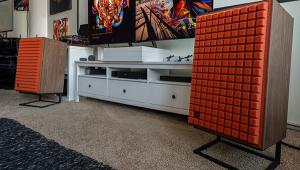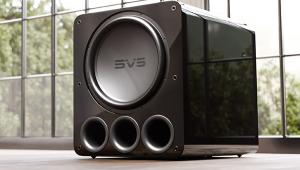Sharp LC-52XS1U-S 52-inch LED LCD HDTV Page 3
TEST BENCH
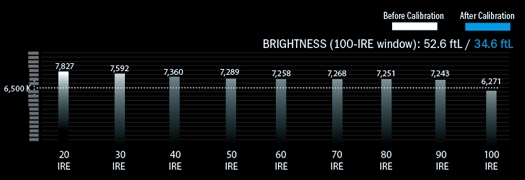
Primary Color Point Accuracy vs. SMPTE HD Standard
| Color | Target X | Measured X | Target Y | Measured Y |
| Red | 0.64 | .682 | 0.33 | .312 |
| Green | 0.30 | .187 | 0.60 | .699 |
| Blue | 0.15 | .152 | 0.06 | .050 |
With its Active Contrast setting turned off and User video preset and Low color temperature setting selected, the LC-52XS1U's grayscale measured around 7,200 K for most of its brightness range. The result was a subtly but noticeably bluer picture than that delivered by a set calibrated to the 6,500 K neutral gray standard. Red, green, and blue adjustments in the user menu proved ineffective on our sample, and no service menu adjustments were accessible, so evaluation was conducted at the Low setting's default. Coordinates for the red and blue primary colors measured close to the SMPTE standard with Expanded Color Space selected, though green was oversaturated and leaned toward bluish green. After making color adjustments in the user menu's Color Management System , the color decoder measured -20% error on green, 0% error on red and blue.
Gray fields looked exceptionally good for an LCD viewed from head on, with the patterns showing excellent uniformity down to 30 IRE, though the LC-52XS1U showed some drop off of contrast when viewed from as little as 15 degrees left or right of center (equivalent to shifting about 4 feet either way at an 8 foot distance). Overscan of HDTV signals measured 3% in Stretch mode, 0% in Dot-by-Dot, 15% horizontal/5% vertical in Super Stretch, and 15% horizontal/15% vertical in Zoom.
I found myself working hard throughout my evaluation to get the TV's bright highlights under control. With the image adjusted for appropriately punchy contrast, there was a tendency for highlights to wash out and become pasty -looking, especially when the highlight fell on fleshtones. Lowering the contrast solved the problem but made the overall image duller than I'd have liked. After much tweaking, I settled on a compromise position but still repeatedly found myself back in the menu to try to optimize this parameter.
The Sharp fully resolved 1080i and 720p test patterns on its HDMI and component-video inputs, but was noticeably softer with 720p input signals than I've typically seen on 1080p TVs. The image looked appropriately crisp when fed 1080i or 1080p signals, this softening was obvious whenever I switched between a 720p-format HD channel (Fox, ABC, ESPN) and any 1080i broadcast. Resolution patterns from our high-definition signal generator confirmed the Sharp's 720p performance.
The LC-52XS1U did a good job upscaling 480i and 480p, and with deinterlacing 480i and 1080i signals. It passed all the Silicon Optix HQV disc jaggies tests on both the Blu-ray and DVD versions with no problems. It also passed the film and video resolution tests on both discs (with the Film Mode activated). The TV's Fine Motion circuitry did a modest job of improving detail on moving resolution patterns, and the Noise Reduction circuitry did an excellent job of cleaning up random video noise in standard- and high-definition programs, though at the cost of introducing some modest softness to the edges of objects.
- Log in or register to post comments










